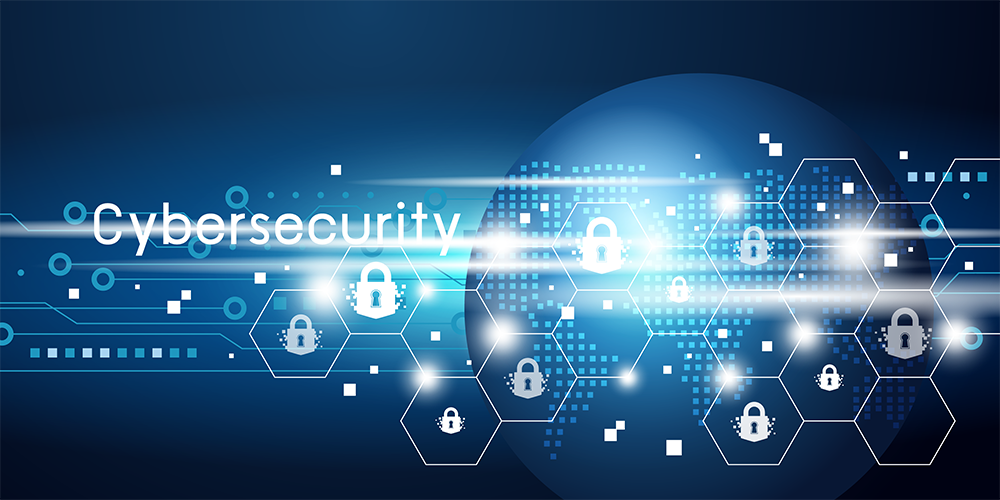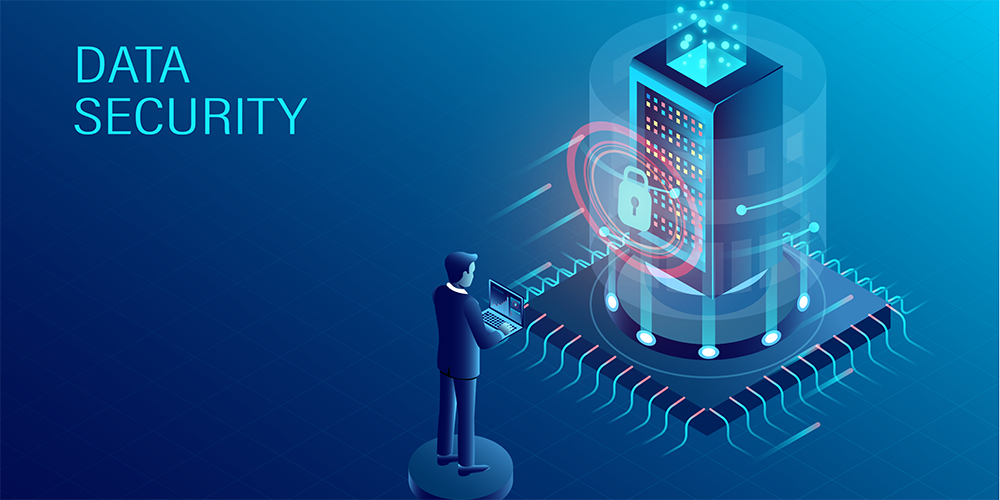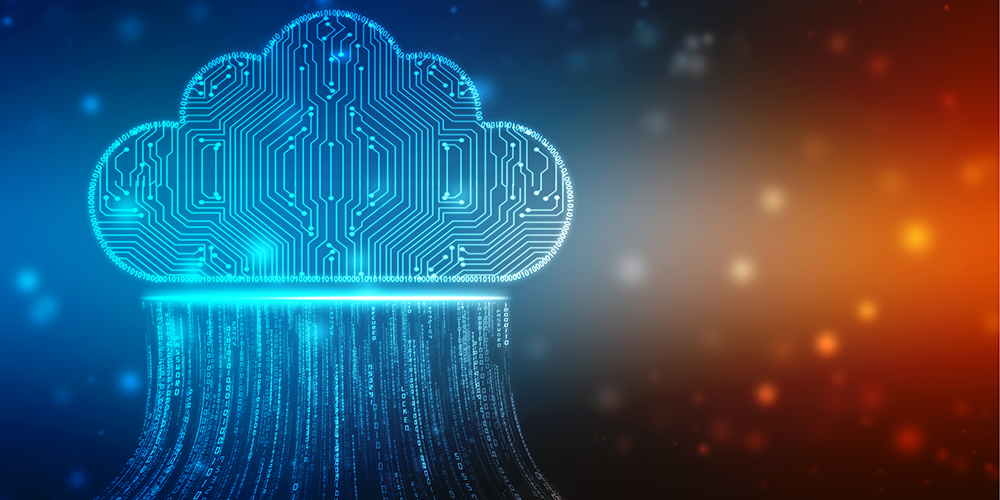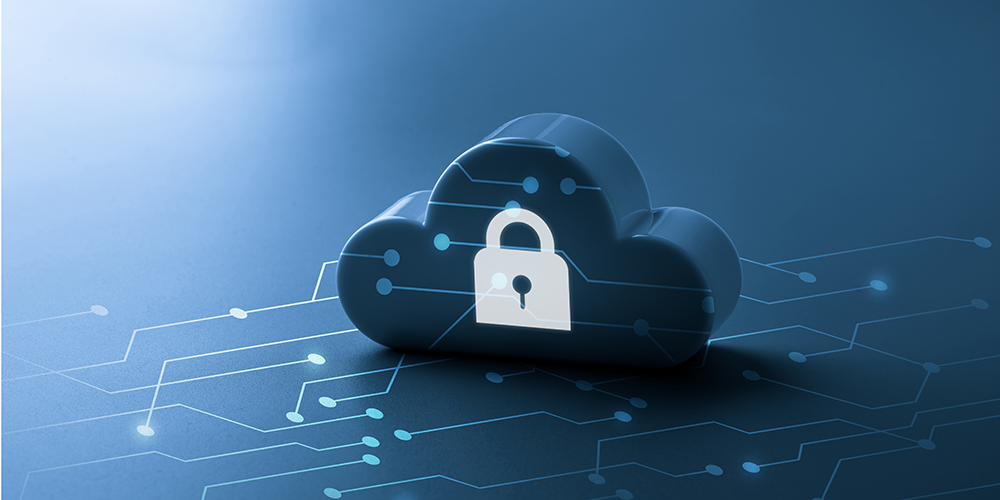
Feb 11, 2021 | SMB Technology, SMB Technology, SMB Technology, SMB Technology, Technology News
Over the past several years, both Unified Communications (UC) and Software-Defined Wide Area Networks (SD-WAN) have grown more popular. Even a few years ago, IDC predicted that the SD-WAN market would grow to $8.05 billion by this year. Together, Unified Communications and SD-WAN allow your company to stay connected at all times. Read on to learn more about the connections between these two technologies, and to discover whether your company’s network is up to the task. Software-Defined Wide Area Networks Support Unified Communications Performance Unified Communications is technology that allows workers to work from anywhere, at any time. Unified Communications, or UC, supports the ability to communicate by voice or email and send information back and forth. This technology brings together various modes of communication–phone, text, web conferencing and email–providing a streamlined way to keep businesses connected, using Voice-Over IP (VoIP) technology. Employees can hold video conferences, share data with other workers, and handle customer service tasks–even from remote offices. However, UC depends on a robust and secure network to keep traffic moving. This is where Software-Defined Wide Area Networks come in. SD-WAN Provides Performance at Competitive Cost Unified Communication can test your network. Software-Defined Wide Area Networks (SD-WAN) can provide a mix-and-match solution, using multiple carriers so that if one carrier goes offline another can keep traffic moving. A company can fall back on this robust network to keep workers communicating with each other and with customers. What’s more, SD-WAN can help a company transition from legacy systems and enjoy more flexibility. At its best, SD-WAN can provide excellent performance at a competitive price. ...

Feb 4, 2021 | SMB Technology, SMB Technology, SMB Technology, SMB Technology, Technology News
It’s sometimes thought that employees can be a “weak link” in your cybersecurity plan. This need not be so. Rather, your employees–when well-trained in cybersecurity policies and practices–can be your greatest asset. Reason to learn about training your employees in keeping your network safe. Assess Cybersecurity Knowledge Employees can be the most important line of defense against cyber attacks, when aware and well trained. Do your workers know your company’s cybersecurity policies? Do they know and implement best practices with passwords, like having unique credentials that are changed regularly. Also, you can make sure they are up on the most current cyber threats like malware and phishing attempts, and know what to do when faced with a possible attack. For example, do they know what to do when they get an email designed to look like it’s from their supervisor? Training sessions could be done routinely via video-conferencing on an ongoing basis for remote workers. Security Considerations for Remote Work For nearly a year, remote work has become the rule. According to an article from CompTIA, remote workers may not be prepared for increased responsibility for the safety of their devices. Are the devices connected to your company’s network checked and sanitized to ensure malware can’t get in? Do they have the most current antivirus and anti-malware definitions? Another issue to consider is physical security. Do your workers know to do simple things like log off when leaving the computer? Will they have a workspace where phone and video-conferencing communications can’t be overheard? These are just some of the topics to discuss with your staff...

Jan 20, 2021 | SMB Technology, SMB Technology, SMB Technology, SMB Technology, Technology News
Nearly a year after the pandemic closed business offices worldwide, remote work is the norm. Keeping your company’s computer network strong and secure is of great importance. Even now, businesses may want to revisit decisions made so quickly last March. Read on to learn about the most critical questions to ask in order to have a robust security plan for remote work. Network Security Considerations for Remote Work The usual security considerations remain important. First, how secure is your network against common viruses and malware? Ideally, definitions are as current as possible to catch the growing security threats. Is your method for access to the network still secure and efficient? Some companies can maintain a virtual private network requiring passwords; others may want to move some computing resources to the cloud. Still, varying levels of access may need to be determined, to keep data secure and bandwidth available for key business operations. For example, workers using video conferencing services need more bandwidth than employees who mostly handle email only. Another decision involves where workers will access your network; a company-owned PC connected to the company’s network is more secure than a worker’s personal computer or mobile device. Train Employees to Keep Your Network Secure As always, employee training needs to be part of a remote work security policy. Clear rules should be set in place regarding which equipment is used for work purposes. Employees need to be reminded to be on the lookout for possible security intrusions like phishing schemes to avoid ransomware. Passwords are another key to keeping the company’s data secure; part of training...

Jan 13, 2021 | SMB Technology, SMB Technology, SMB Technology, SMB Technology, Technology News
Cloud computing, with its benefits, considerations and even risks, can be a way to transform your business. When considering your cloud strategy, it must aid and advance your business strategy with its mission, values and goals. Read on to learn more about developing a cloud strategy tailored to your business strategy. Business Strategy Determines Cloud Strategy Now might be a good time to closely review your business strategy, and what you hope to accomplish in the coming year. Do you plan to have workers continue remote work, for example? Then you might need to extend access to more people, which brings up bandwidth and security concerns. According to an article from Gartner, your cloud strategy “needs to align with and actively support [your] organization’s business strategy, regardless of whether your organization provides consumer services, business services, or other products.” Broad categories of considerations include: Risks associated with cloud computing–agility, availability, supply chain, security and compliance. Also, having a clear exit strategy (or even more than one) before committing to any project, can help you reach balanced cloud deployment strategies. Some risks may pertain more to certain industries (security risks may be the most important consideration for healthcare organizations in protecting patient data, for example). Route and approach to the cloud. Will your business opt for moving all applications to the cloud, or rehosting some and completely rebuilding others? And what sort of platform is the best fit, whether Software as a Service (SaaS) for rapid access or adoption of cloud infrastructure for building new functions? What will your business do about migrating current and legacy applications? ...

Dec 14, 2020 | SMB Technology, SMB Technology, SMB Technology, SMB Technology, Technology News
There’s no doubt, 2020 has been a period of massive change. The pandemic has forced businesses to change the way they do business–for example, more staff are working remotely than ever before. Read on to learn more about what to consider when planning your technology budget for the new year. Consider Business Objectives First In 2021, according to a CompTIA report, business technology spending is expected to grow by 4.2% in 2021 reaching over 5 trillion for the first time. Cloud is expected to be significant, showing up again as a trend after being out of the spotlight in 2020. Companies are expected to use the cloud as well as emerging technologies in the coming year to drive digital transformation, support work-from-anywhere requirements and improve communications and collaboration between employees, customers and the supply chain. Technologies like the Internet of Things (IoT) and artificial intelligence (AI) are expected to be embedded in business applications–for example, improving inventory control or for data processing operations. When considering your tech spending, consider how technology can help reach business goals. Are you expecting remote work to continue, or even to hire more remote workers? Perhaps consider allocating more of your budget to cybersecurity and skills training. One thing to consider is the strength of your network, and whether you need more bandwidth or to focus on network security. Cybersecurity Still a Constant With remote work now common, the security perimeter has changed. Instead of being in the office, it is now wherever anyone is accessing the network. A new paradigm has emerged wherein access to networks needs to be more...

Dec 7, 2020 | SMB Technology, SMB Technology, SMB Technology, SMB Technology, Technology News
With remote work a fixture in our economy, technology has risen to meet the challenge. From virtual desktops to unified communications, it is easy to work anywhere. Read on to learn how technology based in the Cloud can keep your business robust in 2021 and beyond. Stay Connected with Unified Communications Unified Communications as a Service (UcaaS) provides phone, chat, text, email, web conferencing and more as an integrated solution available in the Cloud. Voice over IP (VoIP) and other Cloud technologies remove the dependency of on-premise hardware and the need for expensive phone and conferencing equipment. This lets you route calls efficiently to communicate in real time all over the world. Work Securely with DeskTop as a Service Adopting Desktop as a Service (DaaS) means you can work anywhere, get customer information instantly and securely from home or all over the world. With Windows Virtual Desktop (WVD) or Virtual Desktop Infrastructure (VDI), your access is more secure because all systems and applications are managed virtually with a defined level of security that can be centrally managed from a remote location. Since the data is in the Cloud, it doesn’t reside on individual devices, thereby increasing security. Individual users still need to practice effective password management as well as best practices in security policy. With Desktop as a Service (DaaS), the Cloud provider manages and operates the infrastructure, including security. Work Anywhere with Software as a Service Software as a Service (SaaS), also based in the Cloud, supports a wide variety of applications, including business applications like CRM, accounting, human resources and more. With the ability...







